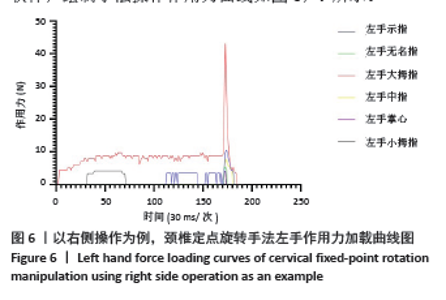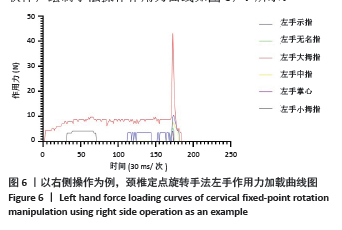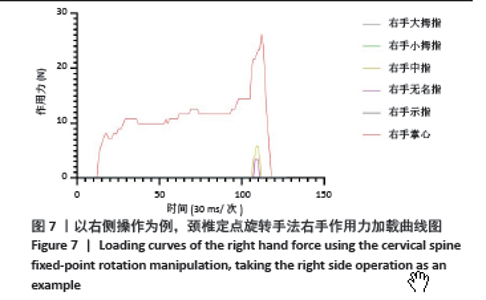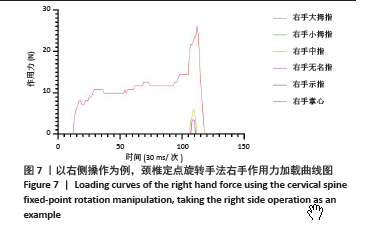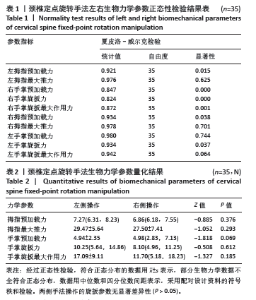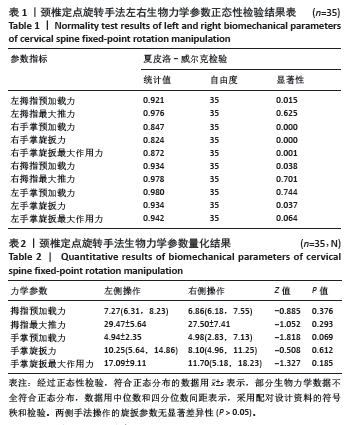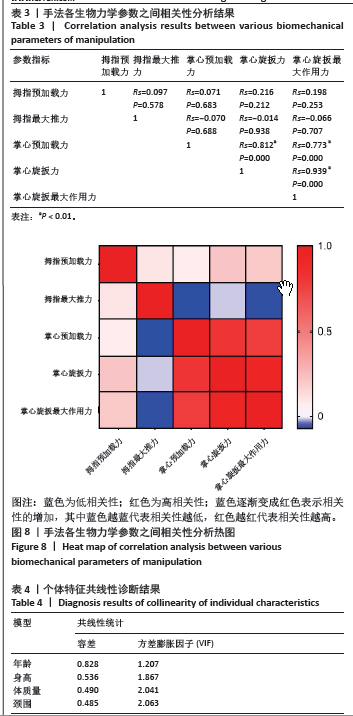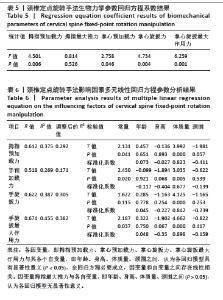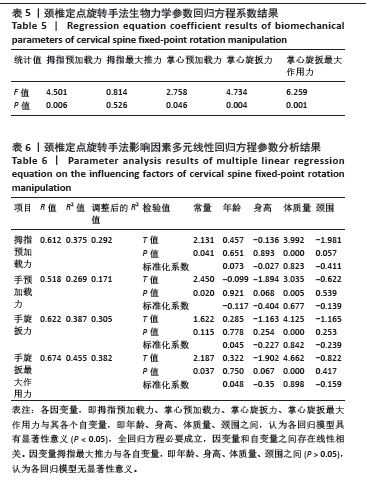[1] 郜顺兴.我国颈椎病定义及分型的历史沿革[J].中医正骨,2020,32(4):44-47.
[2] 王宝剑,李俊海,黄沪,等.北京市某三甲医院2018年-2020年颈椎病门诊患者临床流行病学特征分析[J].中国病案,2022,23(12):40-43.
[3] 董杰,伍泽鑫.惠州青少年颈椎病患者流行病学特征及危险因素分析[J].医学食疗与健康,2021,19(14):224-225.
[4] 张雪,罗汉华.颈椎病中西医病因病机研究[J].吉林中医药,2011,31(12): 1177-1179.
[5] 章薇,李金香,娄必丹,等.中医康复临床实践指南·项痹(颈椎病)[J].康复学报,2020,30(5):337-342.
[6] 王林林.颈椎病发病的中医理论探讨及文献整理研究[D].福州:福建中医药大学, 2013.
[7] 蒋涛.基于五运六气理论的颈椎病发病与气象因子关系研究[D].南京:南京中医药大学,2020.
[8] 李锡春,张铭远.颈椎病中医骨伤治疗临床研究进展[J].内蒙古中医药, 2019,38(7):150-152.
[9] 谢昭华.中医推拿治疗神经根型颈椎病的临床有效性观察[J].内蒙古中医药,2023,42(4):134-136.
[10] 周红海,陈龙豪,苏少亭.颈椎定点旋转手法应用技术心得概要[J].中国中医急症,2021,30(1):81-83, 104.
[11] 吴明忠.颈椎定点旋转手法治疗颈椎病——附600例报告[J].中国中西医结合外科杂志,2003,9(3):46-47.
[12] 朱立国,韩涛,于杰,等.中医骨伤科旋提手法规范化操作传承模式初探[J].中医杂志,2018,59(11):927-931.
[13] 向玉,温泽淮.临床实践中推拿手法规范化的思考[J].中华中医药杂志, 2018,33(6):2455-2458.
[14] PUENTEDURA EJ, MARCH J, ANDERS J, et al. Safety of cervical spine manipulation: are adverse events preventable and are manipulations being performed appropriately? A review of 134 case reports. J Man Manip Ther. 2012;20(2):66-74.
[15] CHEN LL, HE W. Advances in biomechanical studies on osteonecrosis of the femoral head. Zhongguo Gu Shang. 2011;24(2):174-177.
[16] Dong X, Hu X, Chen B. Biomechanical analysis of arm manipulation in Tai Chi. Comput Intell Neurosci. 2022;2022:2586716.
[17] 刘昱材,吕晶,李进龙.推拿手法量化及规范化的研究进展[J].湖南中医杂志,2016,32(11):205-207.
[18] 中华外科杂志编辑部.颈椎病的分型、诊断及非手术治疗专家共识(2018)[J].中华外科杂志,2018,56(6):401-402.
[19] 陈小刚,韦坚.韦氏脊柱整治手法精粹(汉英对照)[M].北京:人民卫生出版社,2020:42.
[20] TRIANO J, ROCERS CM. Quantitative feedback versus stand-ard training for cervical and thoracic manipulation. Manipulative Physio Ther. 2003; 26(3):131-138.
[21] 冯敏山,朱立国.关于颈椎旋转手法力学参数的研究概述[J].中国中医骨伤科杂志,2013,21(1):67-69.
[22] 周红海,苏少亭,秦明芳,等.颈椎定点旋转手法运动学及相关个体影响因素研究[J].中国中医骨伤科杂志,2018,26(12):24-29.
[23] THIEL HW, BOLTON JE, DOCHERTY S, et al. Safety of chiropractic manipulation of the cervical spine: a prospective national survey. Spine. 2007;32(21):2375-2378.
[24] HUTTING N, KERRY R, COPPIETERS MW, et al. Considerations to improve the safety of cervical spine manual therapy. Musculoskelet Sci Pract. 2018;33:41-45.
[25] 范志勇,李黎,王金玲,等.林氏颈椎定点旋转斜扳法所致咔哒声时的推扳力研究[J].实用医学杂志,2017,33(3):391-394.
[26] CHANG L, WANG H, GUO Y, et al. Experimental and numerical analysis of biomechanical effects in cervical spine positioning rotation manipulation. Int J Numer Method Biomed Eng. 2022;38(12):e3651.
[27] 万磊.颈椎旋转手法的数字解剖和三维有限元研究[D].广州:第一军医大学,2006.
[28] 范志勇,李黎,田强,等.林氏腰椎提拉旋转斜扳手法力学特点分析[J].医用生物力学,2018,33(1):70-75.
[29] 冯敏山,朱立国,王尚全,等.颈椎旋提手法学习过程中常见操作错误分析[J].中国中医骨伤科杂志,2017,25(8):43-47.
[30] 魏戌.旋提手法操作特征及影响因素的生物力学研究[D].北京:中国中医科学院,2011.
[31] HERZOG W. The biomechanics of spinal manipulation. J Bodyw Mov Ther. 2010;14(3):280-286.
[32] 殷京,李俊杰,赵宝力,等.拔戳揉捻手法治疗肱骨外上髁炎生物力学分析及影响因素研究[J].中国骨伤,2021,34(6):508-513.
[33] 王颖,辛随成,张恩铭.颈部肌力与慢性颈痛的关系[J].中国中医骨伤科杂志,2016,24(1):68-70.
[34] 但晶. 颈部肌群静力增强练习对颈椎病疗效影响的临床研究[D].成都:成都体育学院,2016. |
